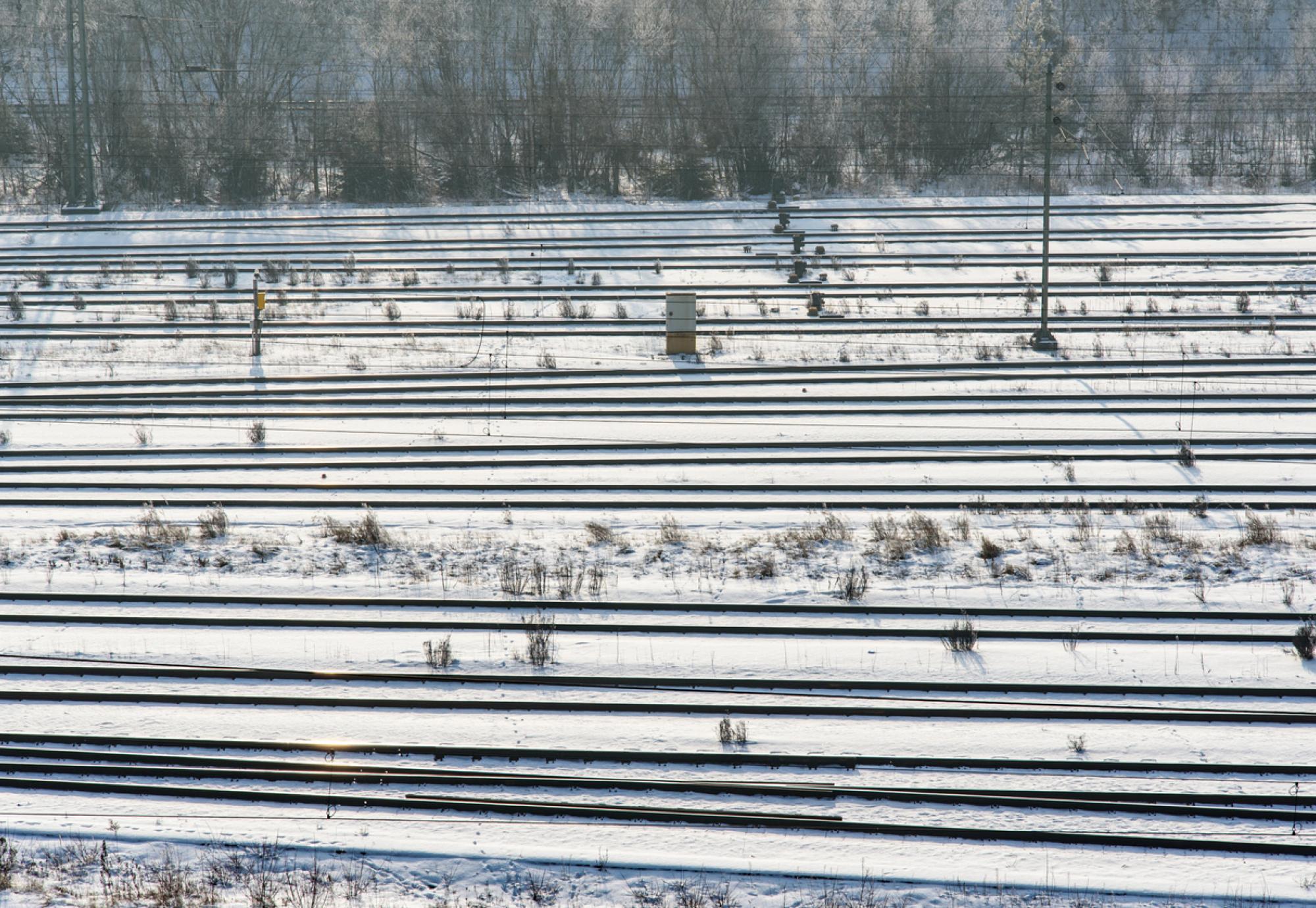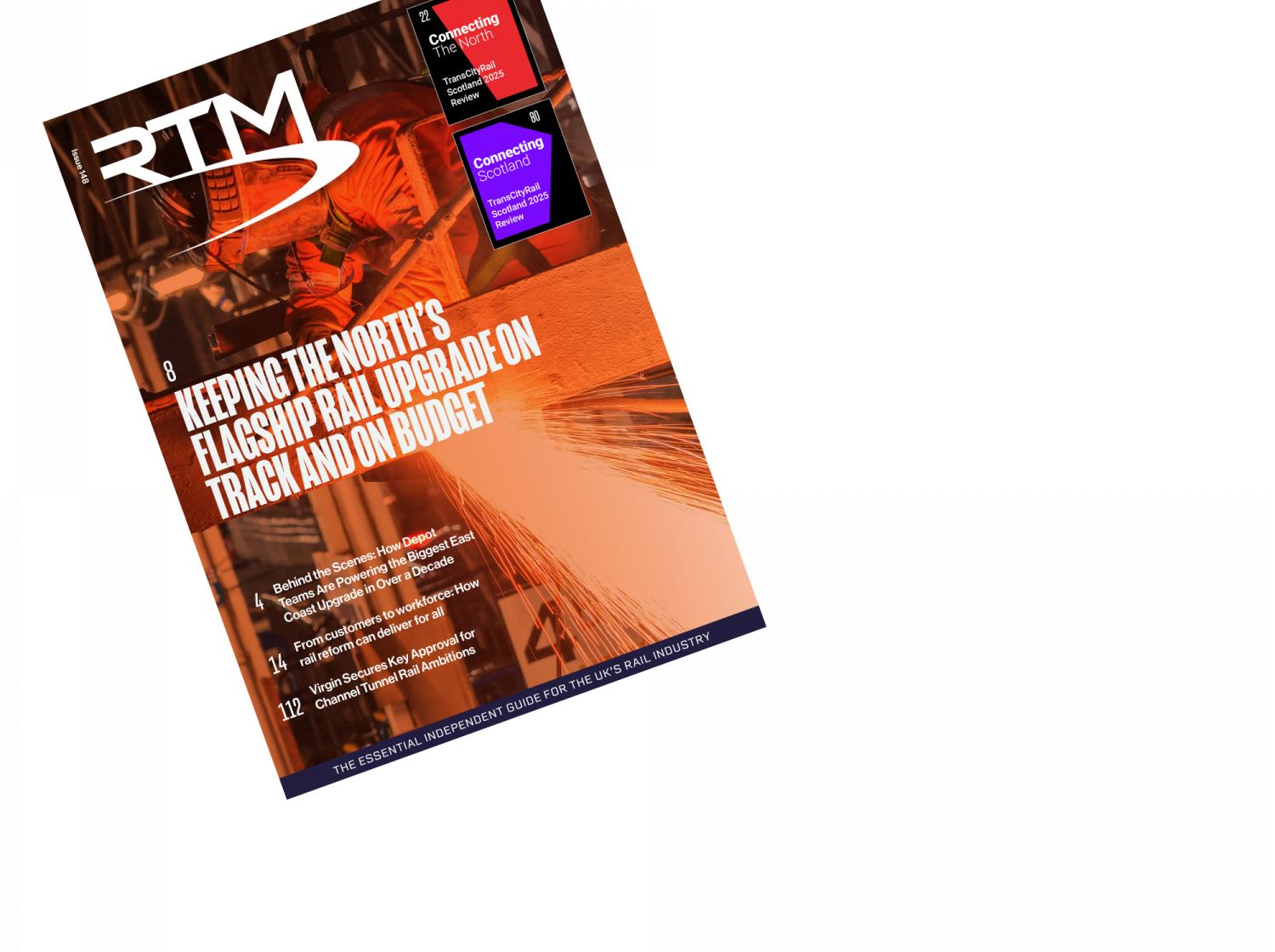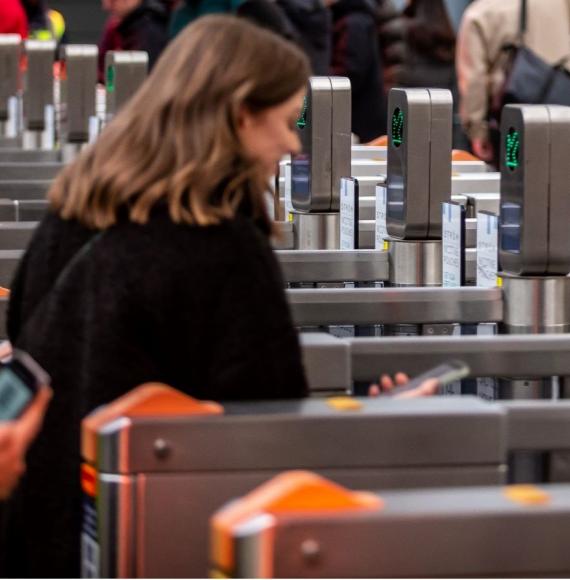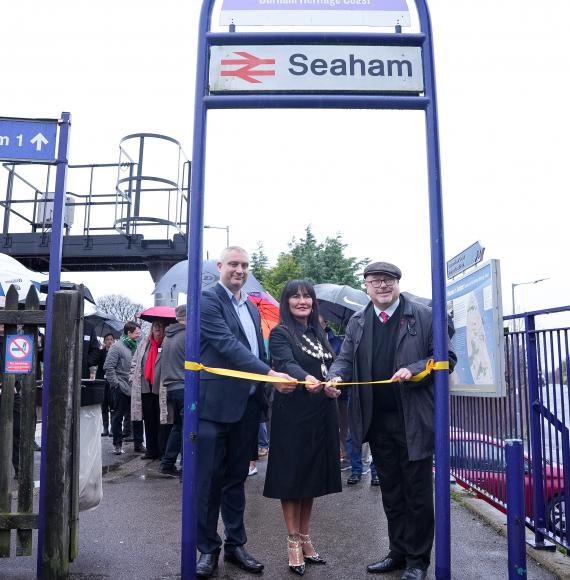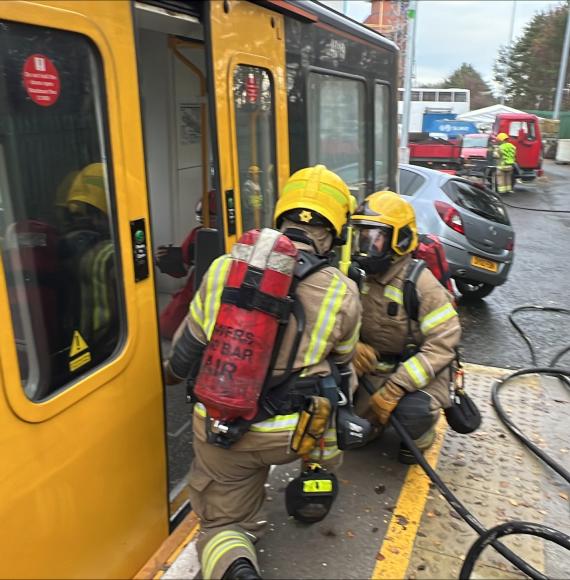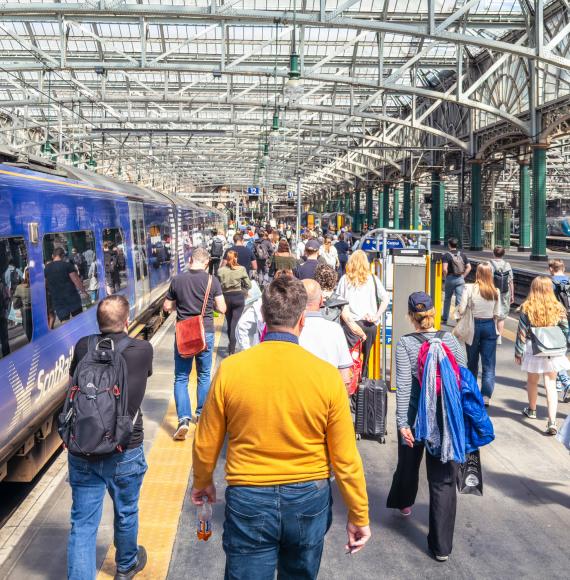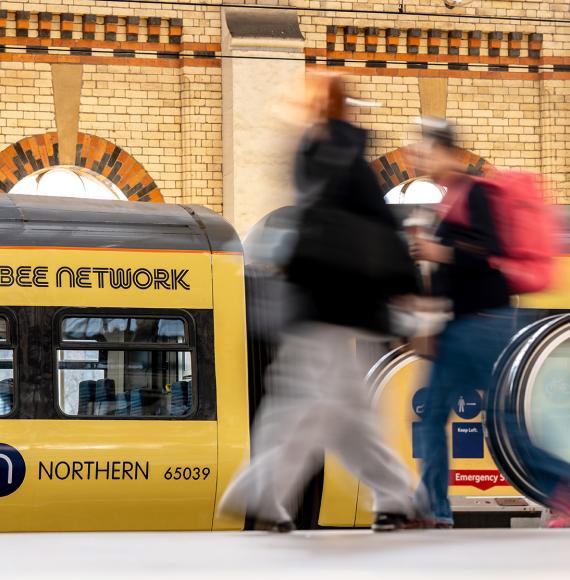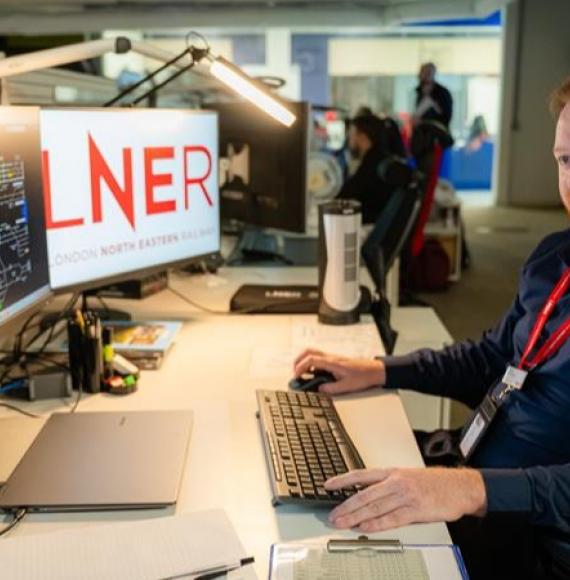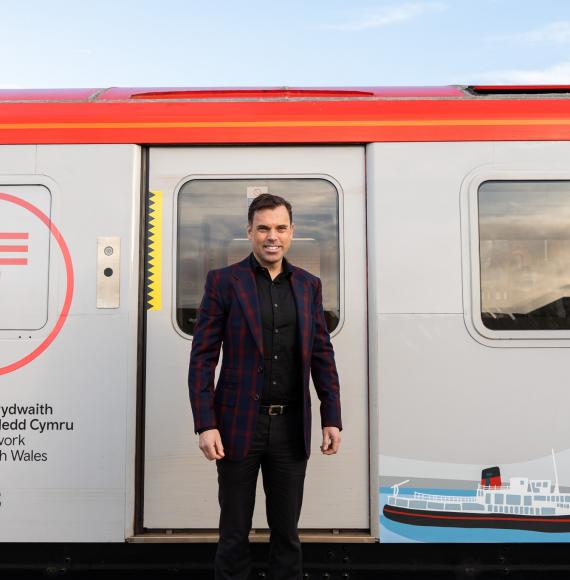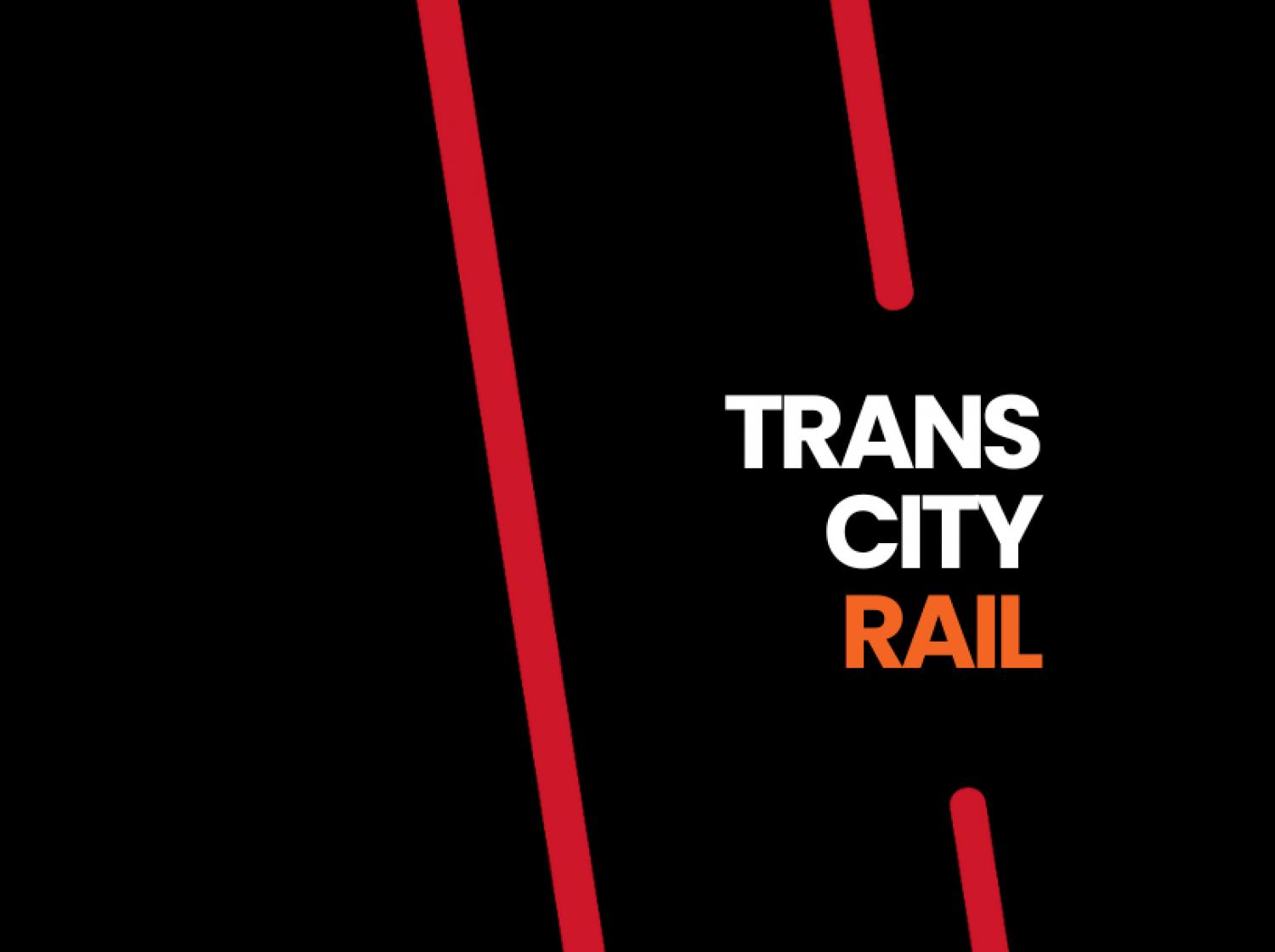Following the publication of the Draft Rail Reform Bill, the Transport Committee met yesterday to discuss the use of data in improving the delivery of infrastructure, as well as improvements to rail lines.
Issues such as responses to maintenance challenges can be solved quicker by using technology to monitor the condition of rail assets, whilst also addressing faults at an earlier stage. Alongside looking into the use of data to overcome challenges more effectively, the government has already been contributing to the development of digital twins, which will model transport networks around the country.
Once modelled, the digital twins will be implemented to work through virtual scenarios of when disruptions might occur, which will benefit the development of contingency plans.
As part of the Transport Select Committee’s discussion on the use of data in railway improvement, representatives of National Highway and Network Rail were consulted alongside local government leaders about the implementation and requirements needed to establish data use in transport, as well as the skills necessary to harness the technology.
Touching on the role of Great British Railways in bringing data to the forefront of transport decision-making, Martin Frobisher Group Engineering and Safety Director at Network Rail, said:
“By having one guiding mind for the railway, it allows you to make better decisions about that sort of thing. So, Great British Railways will be able to take an overview about railway data, and if its more joined up, there’s less barriers between parts of the railway, I think it’s possible to make better decisions.”
Decision-making and improving services will use data in a key role, with this being something that the committee wished to focus on. Using the example of the storms that the UK faced at the beginning of this year, Frobisher was then asked whether there is a role for data to help rail companies to make more informed decisions as to whether services are safe to run in poor weather. Frobisher continued:
“We employed an expert, Dame Julia Slingo, who is the Chief Data Scientist at the Met Office to give us advice on how we can get the best weather models and data, and that has helped us to improve the weather data we get.
“So the Scottish control centre is getting good information on weather forecasts, and our engineers have provided guidance on how a weather forecast will translate into an impact on the network.”
The inquiry came about following proposals that were made during the government’s Our Future Transport campaign in 2023.
Video credit: Parliament TV
Image credit: iStock

